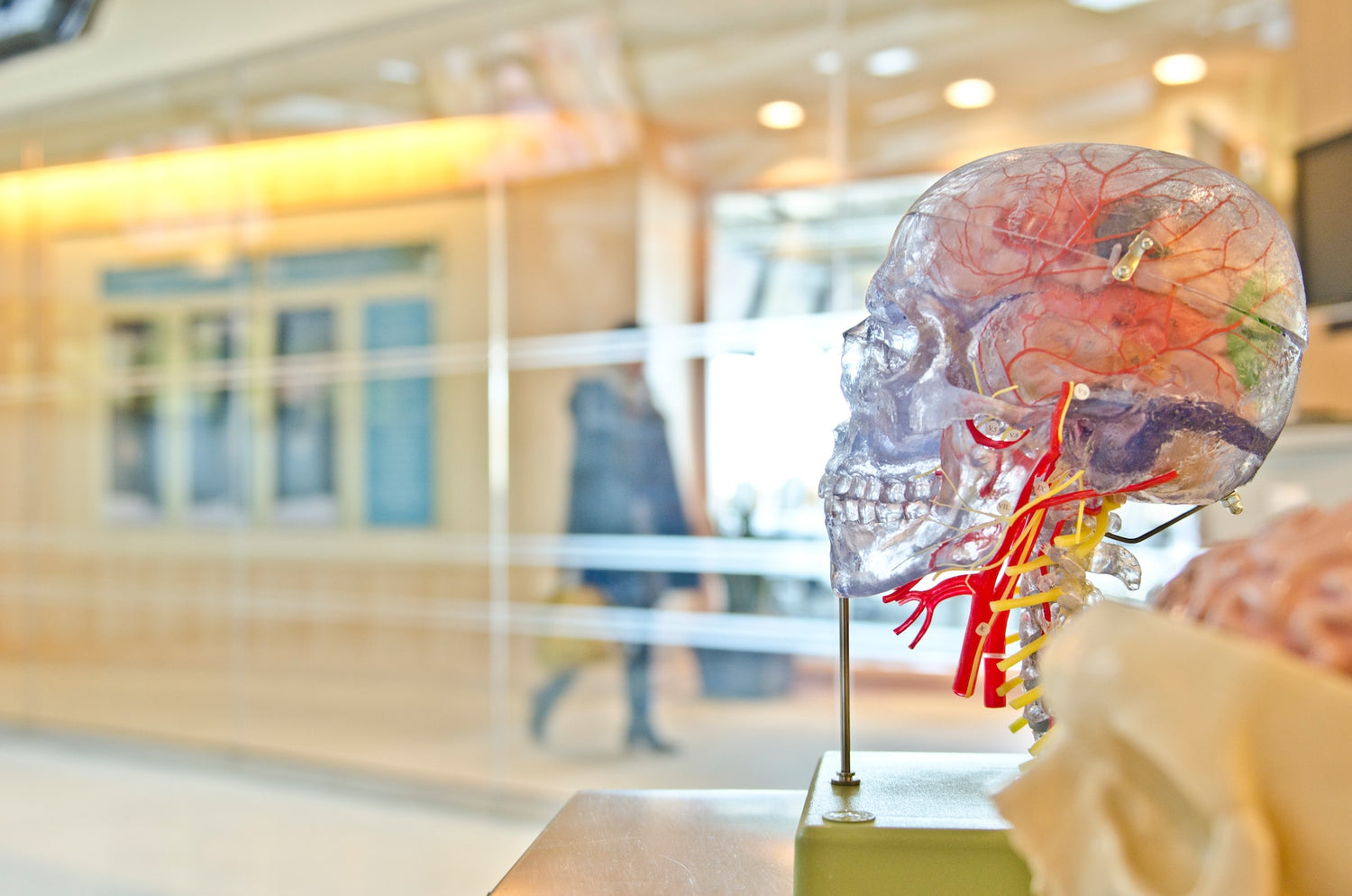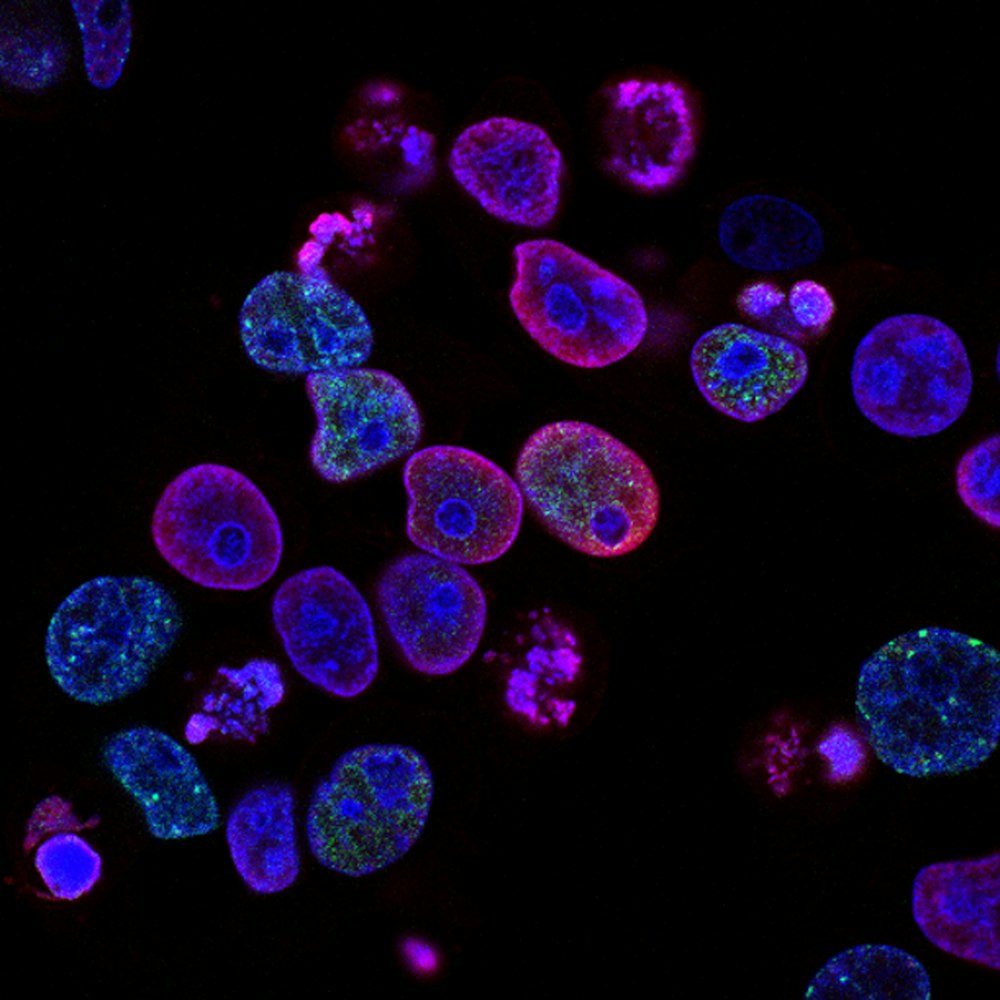Many people worry about losing their hair, and it's not just about looks. Losing hair can affect how we feel about ourselves and our confidence. Male pattern baldness, a hereditary form of hair loss, affects a significant percentage of men worldwide. Statistics reveal that about two-thirds of men will encounter noticeable hair loss by the age of 35, and this figure rises to a staggering 85% by the age of 50.
Surprisingly, a quarter of men may begin losing hair even before reaching the age of 21. The good news is that scientists are working hard to find better ways to treat hair loss. In this blog we will talk about the future of hair loss treatment. So, let's take a closer look at what researchers are doing to make this happen.

Hope on the Horizon for Hair Loss
For the past two decades, the field of hair loss has seen a drought in new treatments. This has led to a rising connection between male and female pattern baldness and mental health issues. The existing drugs, Minoxidil and Propecia, offer only partial relief, and hair transplants, while an option, come with their own challenges.
To address this gap, European biotech companies are making strides in hair loss research. Fueled by breakthroughs in understanding hair growth, several biotechs are advancing products through late-stage clinical trials. If successful, these could mark the first novel drug treatments for baldness in two decades.
The global hair transplant industry is predicted to surpass €24 billion ($28 billion) by 2027. With a massive market eagerly awaiting effective treatments, these biotechs aim to provide hope and alternatives beyond current options.
“The number of patients waiting for new treatment options is huge,” notes Jan Alenfall, Chief Scientific Officer at Follicum, a Swedish biotech working on treatments for hair loss and diabetes. The interest in non-invasive treatments has surged and made advancements in hair loss research a promising area of exploration.
Current State of Hair Loss Treatment
When it comes to dealing with hair loss, there are a few options available today. People often turn to medications, surgeries, or topical solutions in the hope of regaining their lost hair. However, these solutions come with their own set of limitations and possible side effects.
Medications, for instance, may not work for everyone, and some people might experience side effects. Surgeries can be expensive and may not always guarantee the desired results. Even topical solutions, while convenient, might not provide a one-size-fits-all fix.
That's why researchers are actively working to push the boundaries of what we know about hair loss and discover more effective and safer treatments.
The Complexities of Hair Loss Treatment
The quest for effective hair loss treatment has been marked by persistence and challenges. Various factors contribute to the difficulty, ranging from the diverse causes of hair loss, including hereditary, hormonal, medical conditions, and aging, to the absence of significant advancements in the field for two decades.
Temporary hair loss, triggered by events like chemotherapy, stress, or post-pregnancy, may resolve on its own when circumstances change. However, addressing other types of hair loss requires intervention. For instance, autoimmune disorder alopecia areata may be treated with immunotherapy or corticosteroids.
The Gap in Female Hair Loss Treatment
For individuals assigned female at birth, finding suitable solutions is particularly challenging. While male hair loss often links to the hormone DHT (dihydrotestosterone), female hair loss is more complex. Blocking DHT, a common approach for men, is not as straightforward for women due to the complexity of female hair loss.
Finasteride, a common DHT-blocking treatment, is not approved for women by the FDA due to potential safety concerns. The lack of approved options exacerbates the difficulty of treating female pattern baldness.
Technologies and Innovations
Researchers are making new technologies that offer new hope for the future. These advancements go beyond traditional approaches and hold the potential to transform how we address hair-related concerns.
One exciting technology is advanced laser therapy, a non-invasive technique that stimulates hair follicles and encourages them to grow. This innovation has shown promise in promoting hair density and, importantly, doesn't involve surgery or medications.
Another one is stem cell therapy. Scientists are figuring out how stem cells can be harnessed to rejuvenate hair follicles and spur the growth of new, healthy hair. This approach opens up exciting possibilities for more effective and long-lasting results.
Platelet-Rich Plasma (PRP) therapy is yet another innovation gaining traction. By using a concentrated form of one's blood, rich in platelets, this therapy aims to boost hair growth by providing essential nutrients to the hair follicles.
Genetics and Hair Loss
Hair loss often runs in families with a link to our genes. This part looks into how our DNA contributes to losing hair, the growing role of genetic research, and important progress in treatments based on genetics.
If your relatives have experienced hair loss, there's a good chance it's in your genes too. Scientists have confirmed this through studies with twins and by mapping out specific genes linked to losing hair.
Scientists are using genetic research to create treatments that specifically target the causes of hair loss. By understanding the genetic codes linked to hair loss, researchers can now develop treatments that go beyond just managing the problem. They are working towards a more precise form of treatment that addresses the root causes, marking a new way of treating hair loss.
One approach is gene therapy, where scientists target and modify specific genes connected to hair loss. There's also something called CRISPR technology, known for its accurate gene editing, which holds promise in fixing genetic issues related to hair loss.
Biotechnology in Hair Restoration
Biotechnology is all about using advanced science to develop fresh and improved ways of restoring hair. Researchers are using biotechnology to create treatments that are different from what we have now. These treatments aim to not just cover up the issue but to get to the root of why hair decides to take a break.
Think of biotechnology as a potion maker. These biologically engineered substances are designed to boost hair growth, revive follicles, and keep your scalp in top shape. They are backed by serious science. These substances, whether in the form of special peptides or growth factors, aim to give your hair the best chance to thrive.
Scientists are experimenting with different biotechnological treatments, from using stem cells to messing with genes, all in the quest to find what works best.
Nanotechnology and Hair Regeneration
Tiny tech, big hopes – that's what nanotechnology is. It deals with things at an incredibly small scale. When it comes to hair loss, scientists are using this small-scale technology to understand and tackle the reasons behind it.
These tiny particles can carry active ingredients right to where they're needed. It can precisely target and enhance the way your hair grows. Whether it's using liposomes or special polymers, nanomaterials are becoming the heroes in the fight against hair loss.
In a nutshell, biotechnology and nanotechnology are the modern-day solution to hair loss. They bring forth exciting possibilities and discoveries that could reshape the way we approach hair restoration.
Artificial Intelligence and Machine Learning
Enter the era of smart hair care. Artificial intelligence (AI) and machine learning are set to become our allies in the fight against hair loss. These technologies, fueled by enormous amounts of data, will revolutionize how we diagnose and treat hair-related issues. Algorithms will analyze your unique genetic code and predict how your hair will respond to different treatments. The integration of AI and machine learning promises a level of precision that was once unimaginable.
Role of Wearable Technology
Wearable technology isn't just for counting steps; it's extending its reach to monitor the health of your hair. Future wearable devices are expected to keep tabs on your scalp conditions, track how your hair is growing, and even consider external factors that might affect your hair health. This real-time data will let individuals take charge of their hair health actively and provide insights that guide personalized care routines and early interventions. It's like having a personal hair health assistant right on your wrist.
The Rise of the Clones (and Robots)
Looking into the future of hair restoration, there's a big idea called "hair cloning." This means making new hair either in a lab or by copying cells that create hair. Why is this a big deal? Because it could give us unlimited hair to fix someone's thinning hair, not just a bald spot.
Right now, scientists have tested growing hair from stem cells in mice, but we're still waiting for proof that it works in people. In Japan, scientists are getting ready to test growing hair in labs on people. If it works, it could be a game-changer.
Imagine a surgeon takes a few hairs from you, sends them to a company to make lots of hairs, and then a machine puts those hairs back on your head. That's the dream with hair cloning!
Exosome Hair Therapy
There's another cool thing called "exosome therapy." It uses a technology similar to the COVID-19 vaccines. Exosomes are tiny things that carry messages to cells, telling them what to do. In this case, they're used to tell hair cells to grow. People might need a shot of this treatment once or twice a year. Scientists are really excited about this because it's a new and promising way to help with hair loss.
New (and Potentially Better) Topicals
Now, let's talk about creams and lotions you put on your scalp. There are two new ones being tested. One is called FOL-005, and it uses a special protein to either make hair grow or stop it from falling out. The other one is Breezula, which tries to block something called DHT without causing big problems. Scientists are hopeful that these might work well, especially for women.
Better Low-Level Light Therapy
Lastly, there's a treatment using special lights. Right now, it's not a top choice for many, but some experts think it could get better. The idea is that new and improved devices with the right kind of light could make a big difference. This could be exciting because it doesn't involve drugs, and it might even make other hair loss treatments work better.
RU58841 as a Hair Loss Solution
RU58841 is a topical antiandrogen that has gained attention as a potential solution for hair loss in recent years. It works by inhibiting the action of dihydrotestosterone (DHT), a hormone linked to hair loss. There is some anecdotal evidence supporting its effectiveness.
And, if you're interested in trying out something new, like RU58841 or Pyrilutamide for hair loss, we've got you covered at MV Supplements. We're happy to let you know that we can deliver these products anywhere in Europe, making it easier for you to give them a try.
But, a little heads up – before you go ahead, it's always smart to do some research and maybe chat with your doctor. They can help you figure out what might be the best fit for you. You can read our article "How Effective is RU58841 for Hair Loss?" to know more about it and take an informed decision.
Conclusion
So, there you have it – a sneak peek into the future of fixing hair issues! It looks like we're on the brink of some exciting changes.
So, what's the bottom line? The future of fixing hair troubles seems full of hope. Here's to looking forward to days of healthy and happy hair!






Leave a comment
This site is protected by hCaptcha and the hCaptcha Privacy Policy and Terms of Service apply.